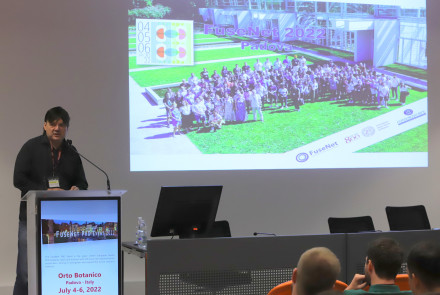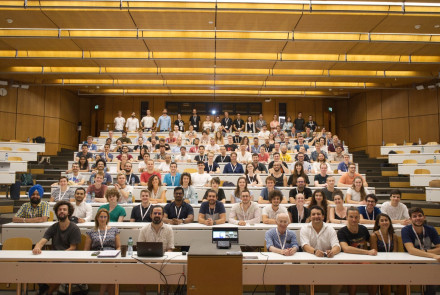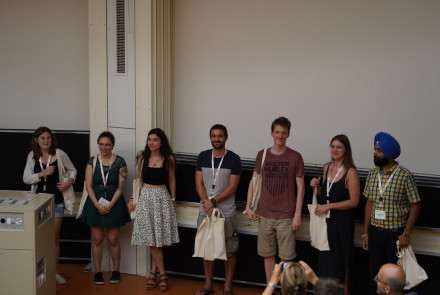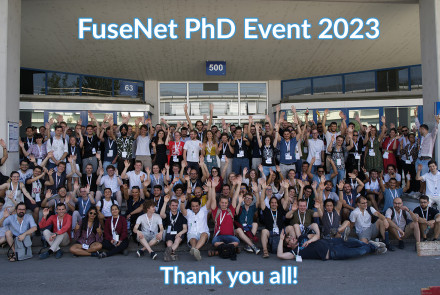Internship at CV Rez through Fusenet - Part II
Fusion Master student Bram Wolf from Eindhoven University of Technology, reports on the results of his internship at research center CV Rez - making it one of the first student projects in industry established through FuseNet.
Sometimes things come up and need to be dealt with as soon as possible...[[{"type":"media","view_mode":"media_large","fid":"1621","attributes":{"class":"media-image","height":"150","id":"1","style":"margin: 10px; float: right; height: 150px; width: 100px;;;;;","typeof":"foaf:Image","width":"100"}}]]
This is what I experienced first-hand in the last couple of weeks of my three-month internship. My main area of research up till this point (see my initial report on the FuseNet site) was electron guns and electron beam propagation in vacuum.
The continuous effort to decrease the overall device footprint, which is primarily achieved by limitation of the irradiation distance, led to discrepancies with the technical specifications set by Fusion for Energy (F4E) in terms of beam incidence angles on the target. In this regard I was given the task to devise an elegant electron beam deflection concept to collimate the deflection pattern near the irradiation target to approach perpendicular incidence over the entire surface.
|
Magnetic lens I identified the magnetic lens consisting of only a simple solenoid coil as the a suitable solution, since this is in function basically equivalent to an optical positive lens. By matching the point of origin of the electron beam with the lens focal point, the rasterized pattern is collimated and incidence angles are improved for the entire target surface. The big obstacle in this case is that the lens size must match the target size - in this case roughly 2 m diameter.
Above image: The magnetic lens collimates the irradiation (B), leading to a more perpendicular incidence over the target surface (compared to A, without lens). |
From simple matlab script to graphical user interface
To simulate the effect of a magnetic lens, I started with a Matlab script to evaluate the equation of motion in the simplest case of a bare solenoid field. By integrating over time the beam trajectories could be obtained. With continued development came a graphical user interface with options for multiple-lens arrays. Using this simple model, any desired configuration of e.g. lenses, irradiation distance, beam power can be simulated and evaluated to get an impression of its performance.
The GUI provides a tool to assess magnetic lens configuration (click to enlarge)
Proof of concept
Within the constraints of the current device design, the incidence angles have been found to meet the specifications by the addition of a single lens configuration in combination with a 2 meter irradiation distance. This 'proof of concept' has given the incentive for future detailed modelling of a magnetic lens system for deployment in HELCzA.





